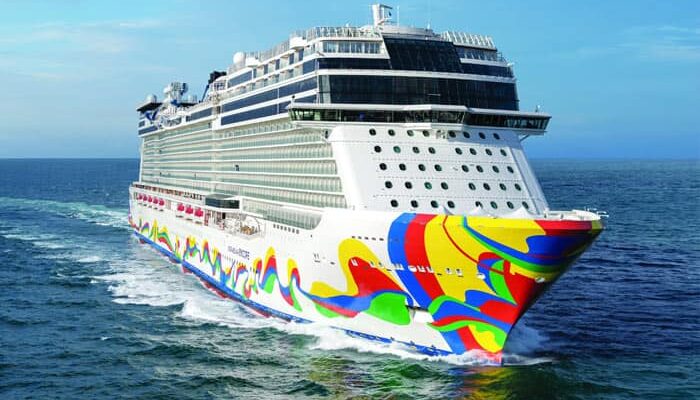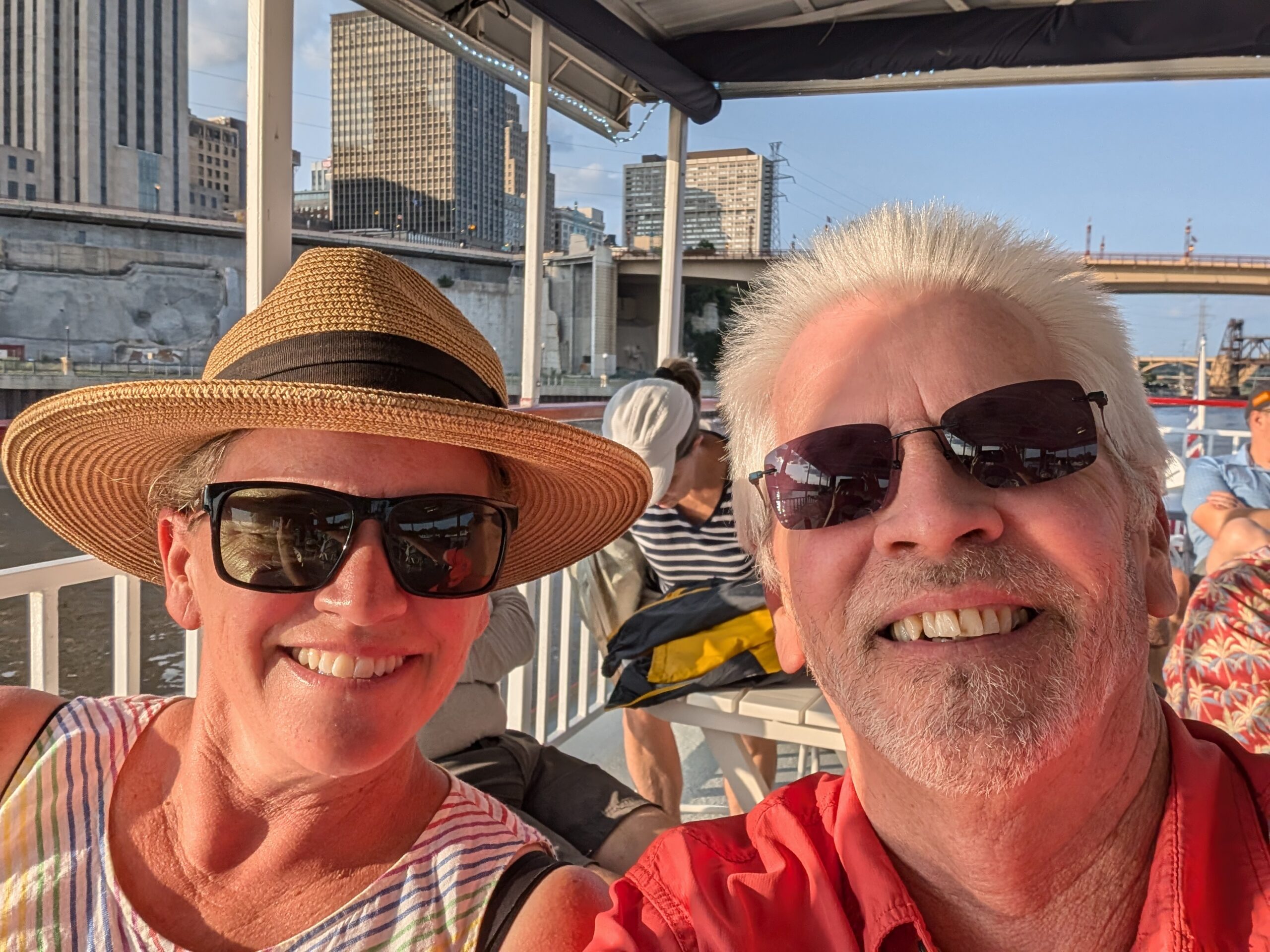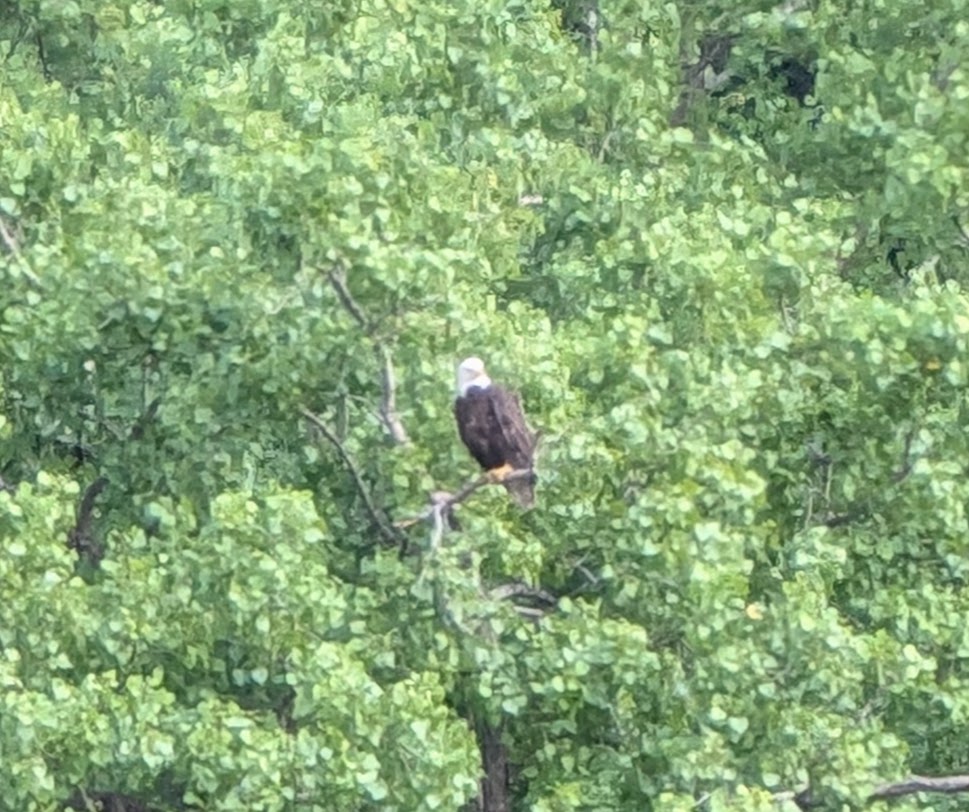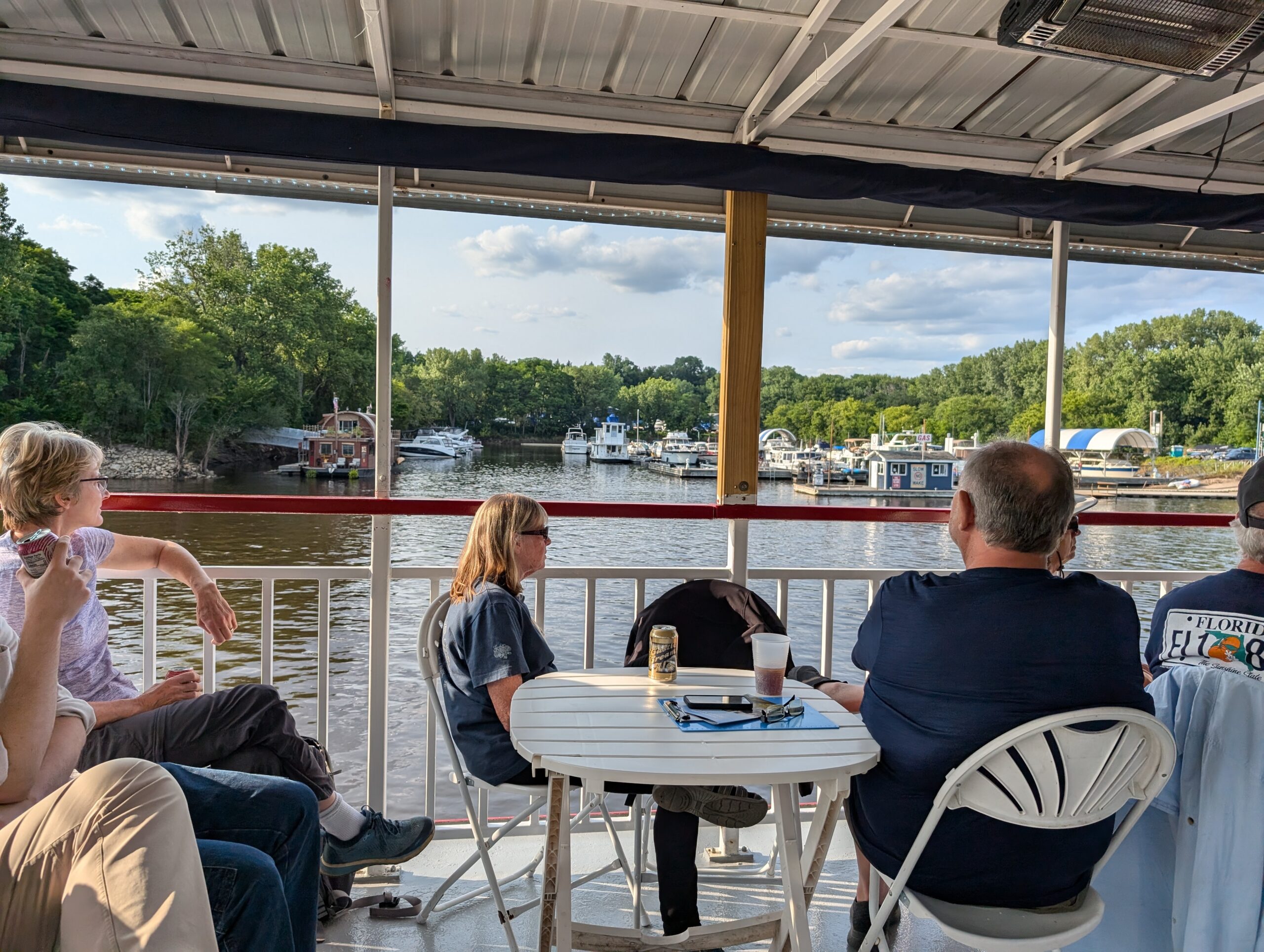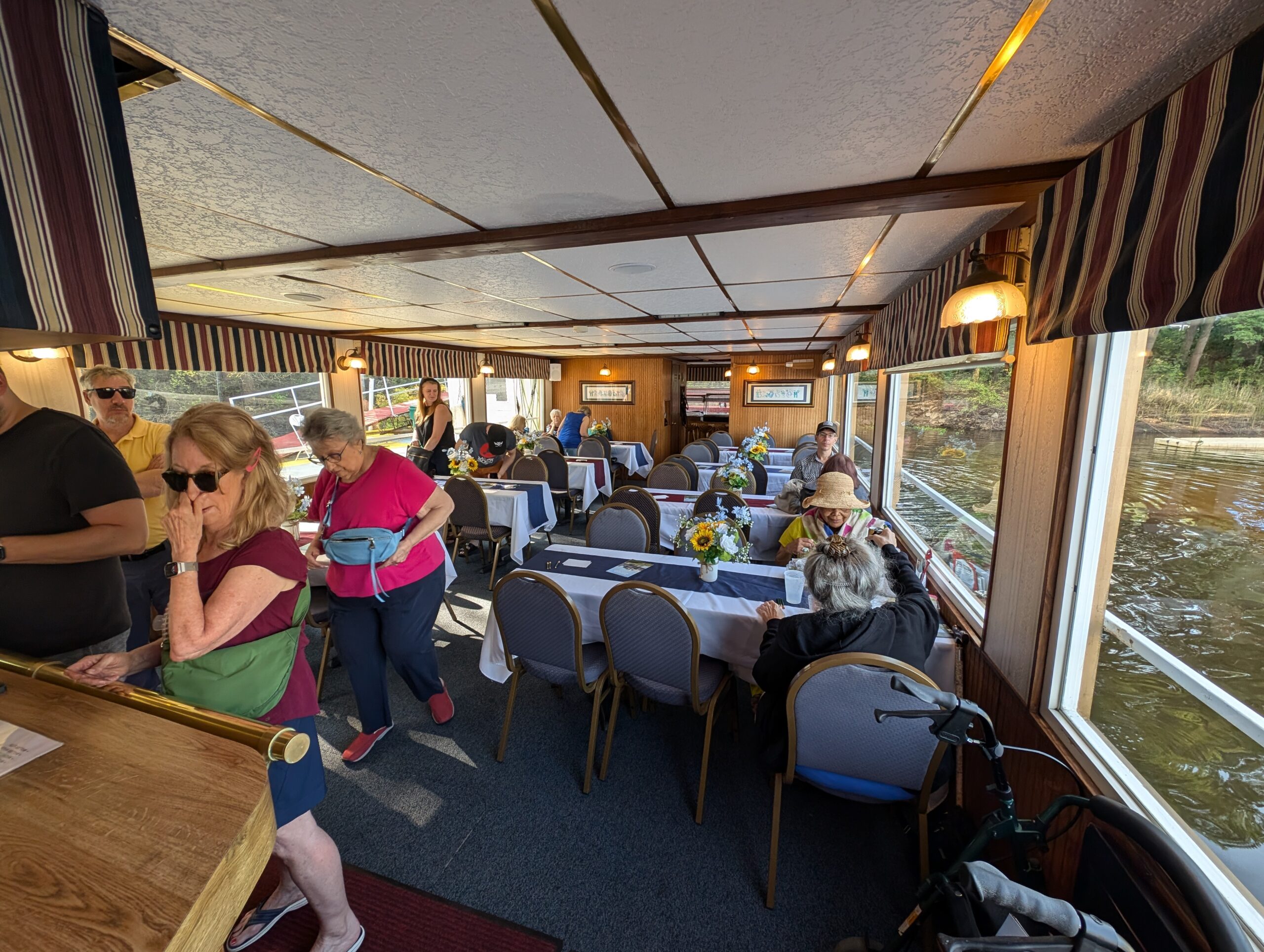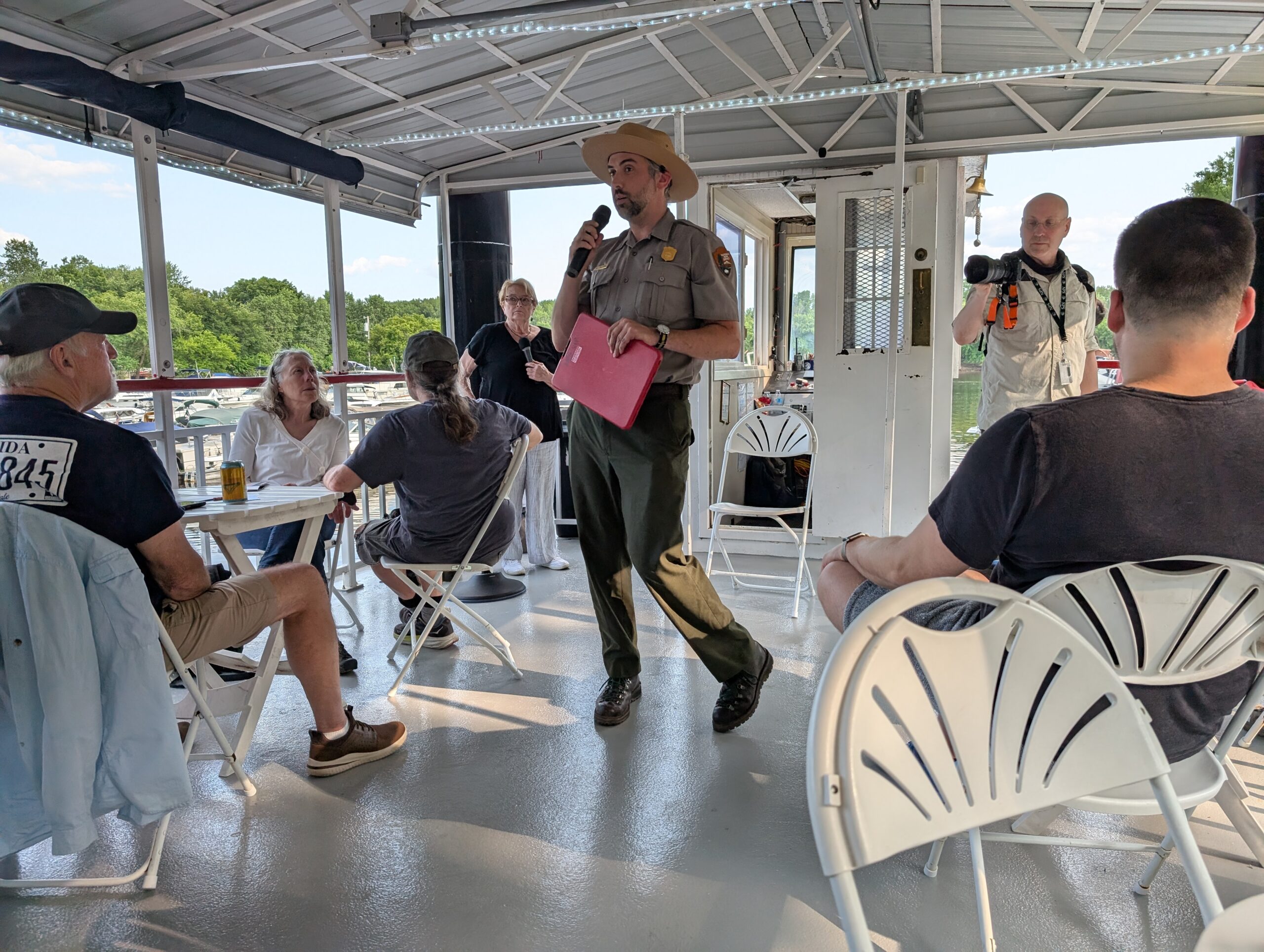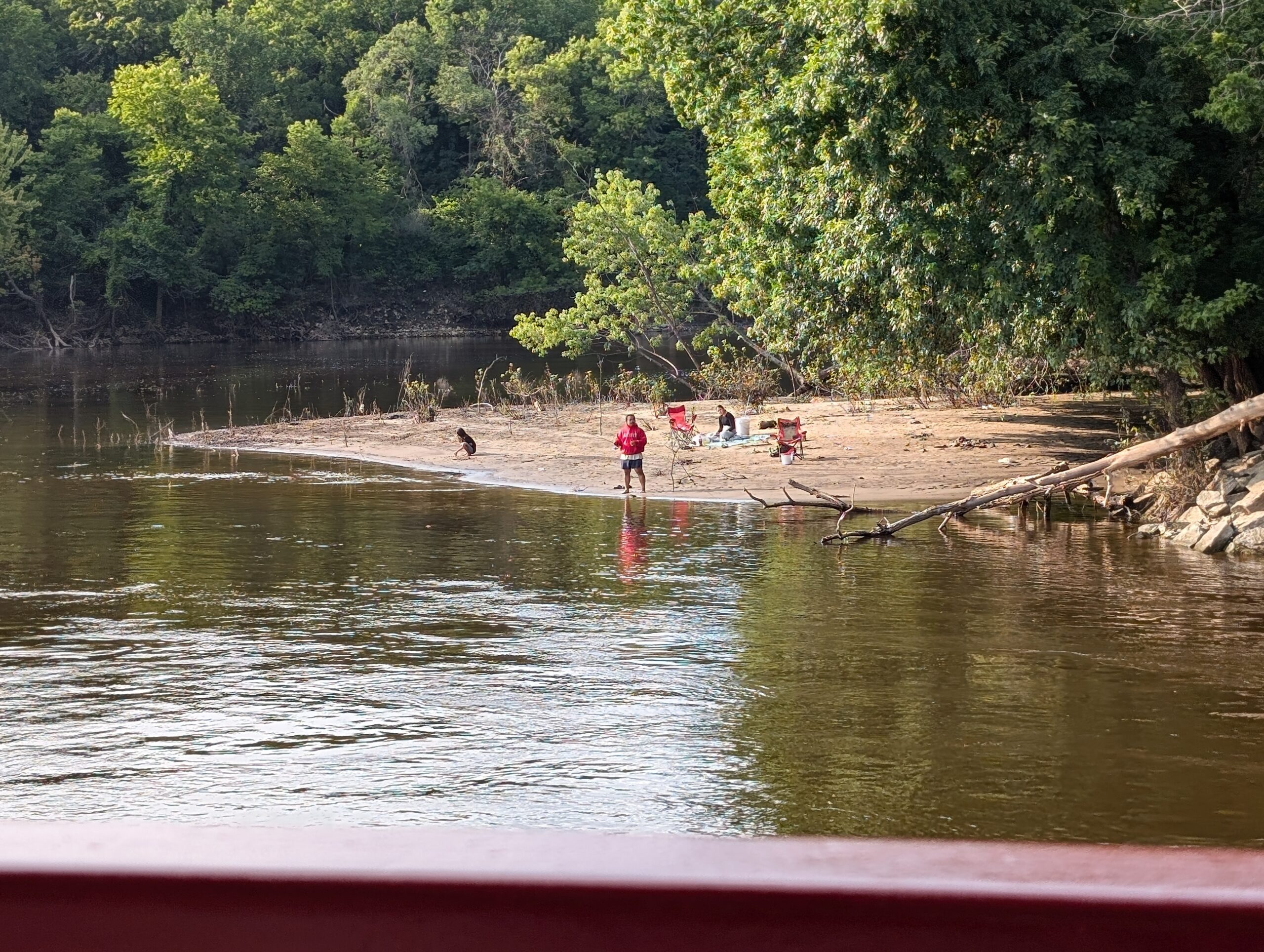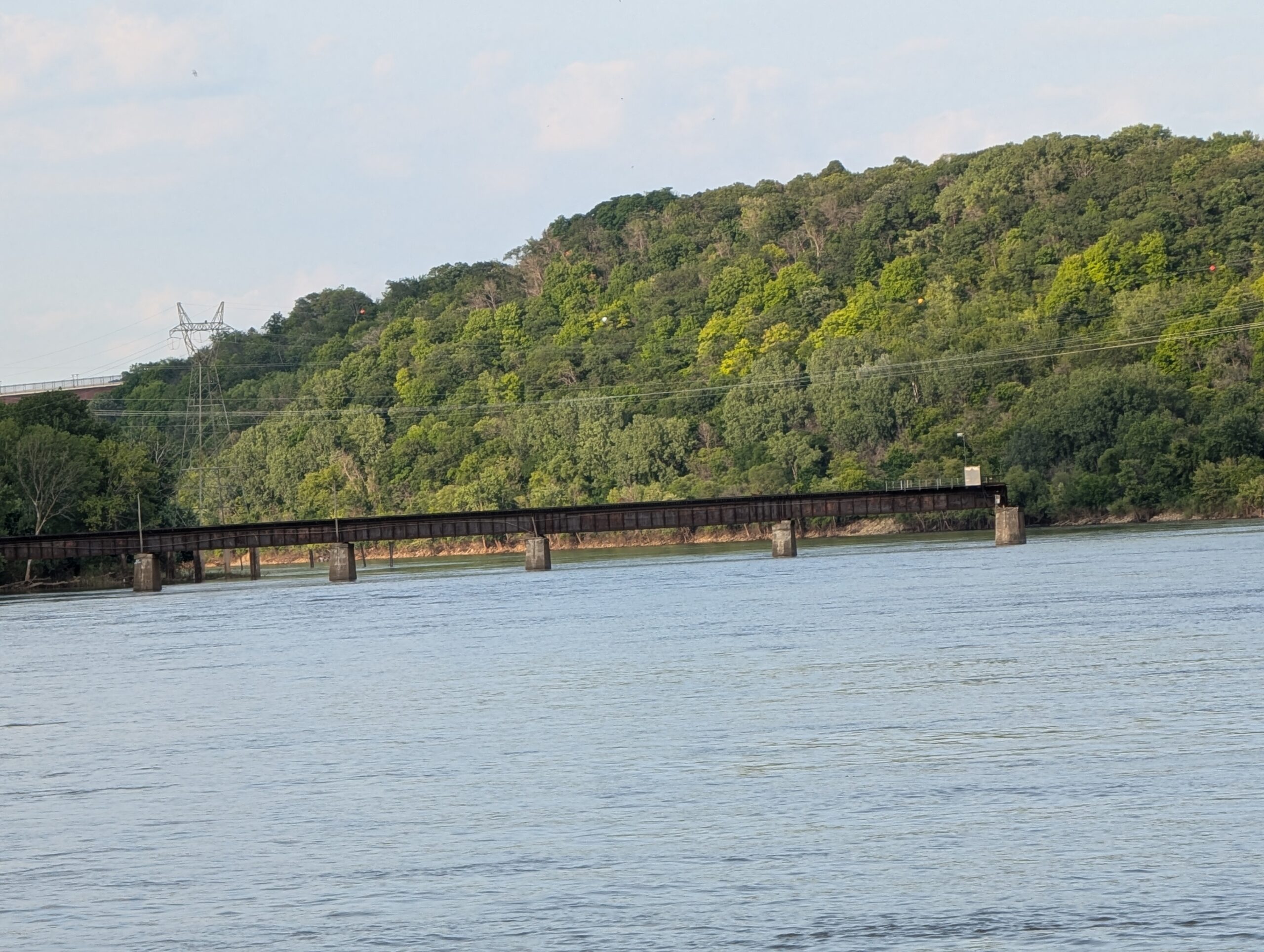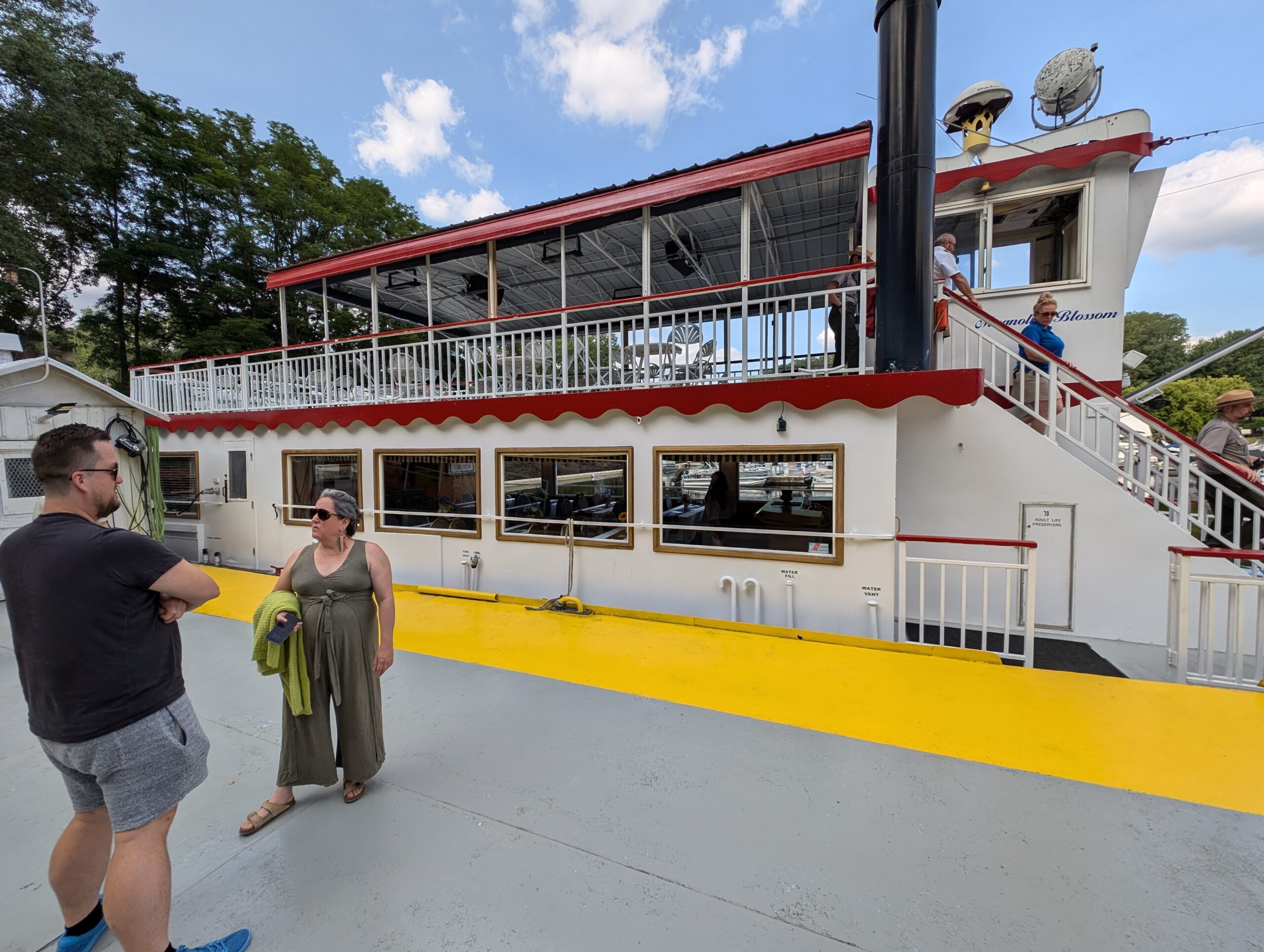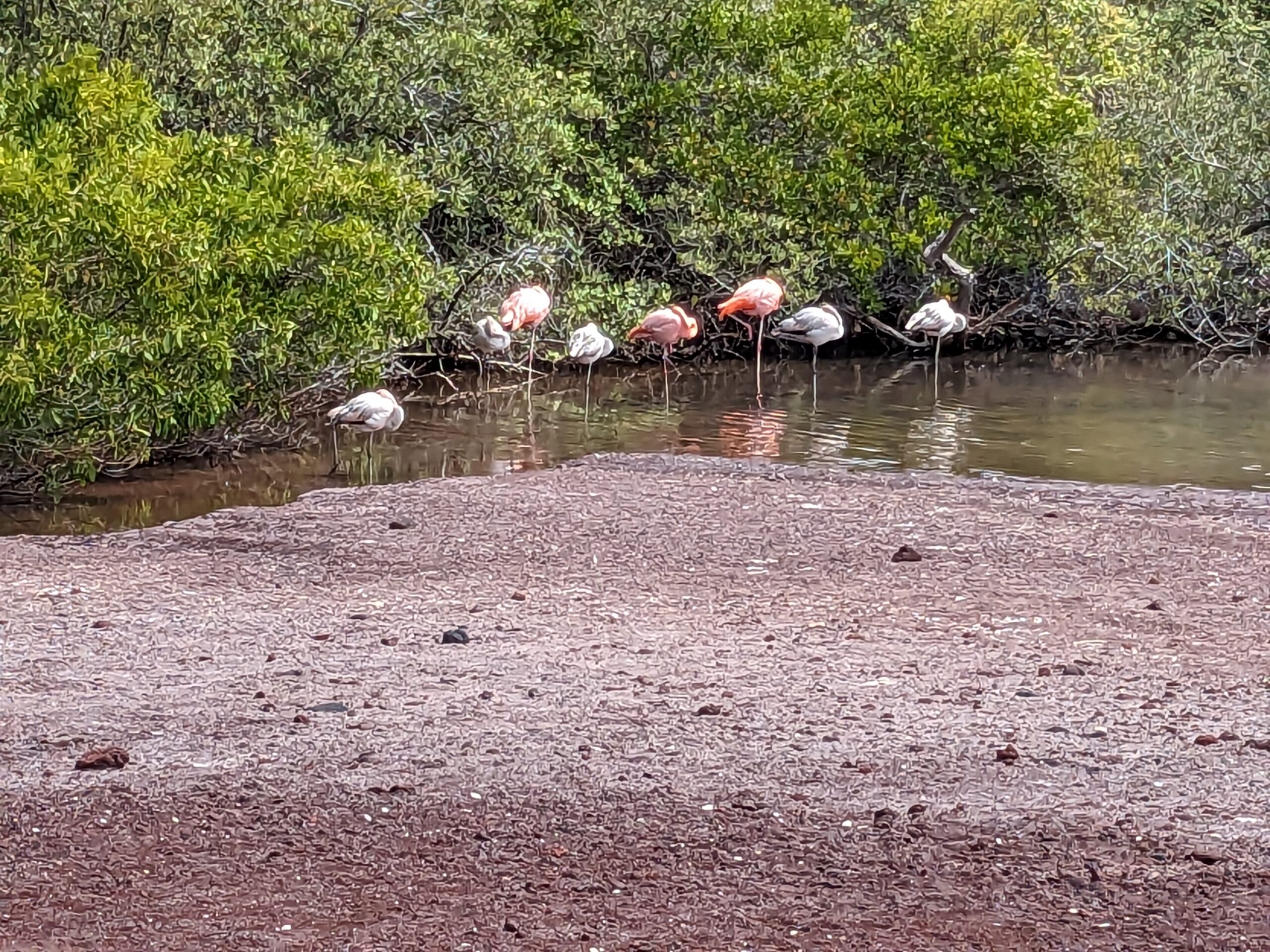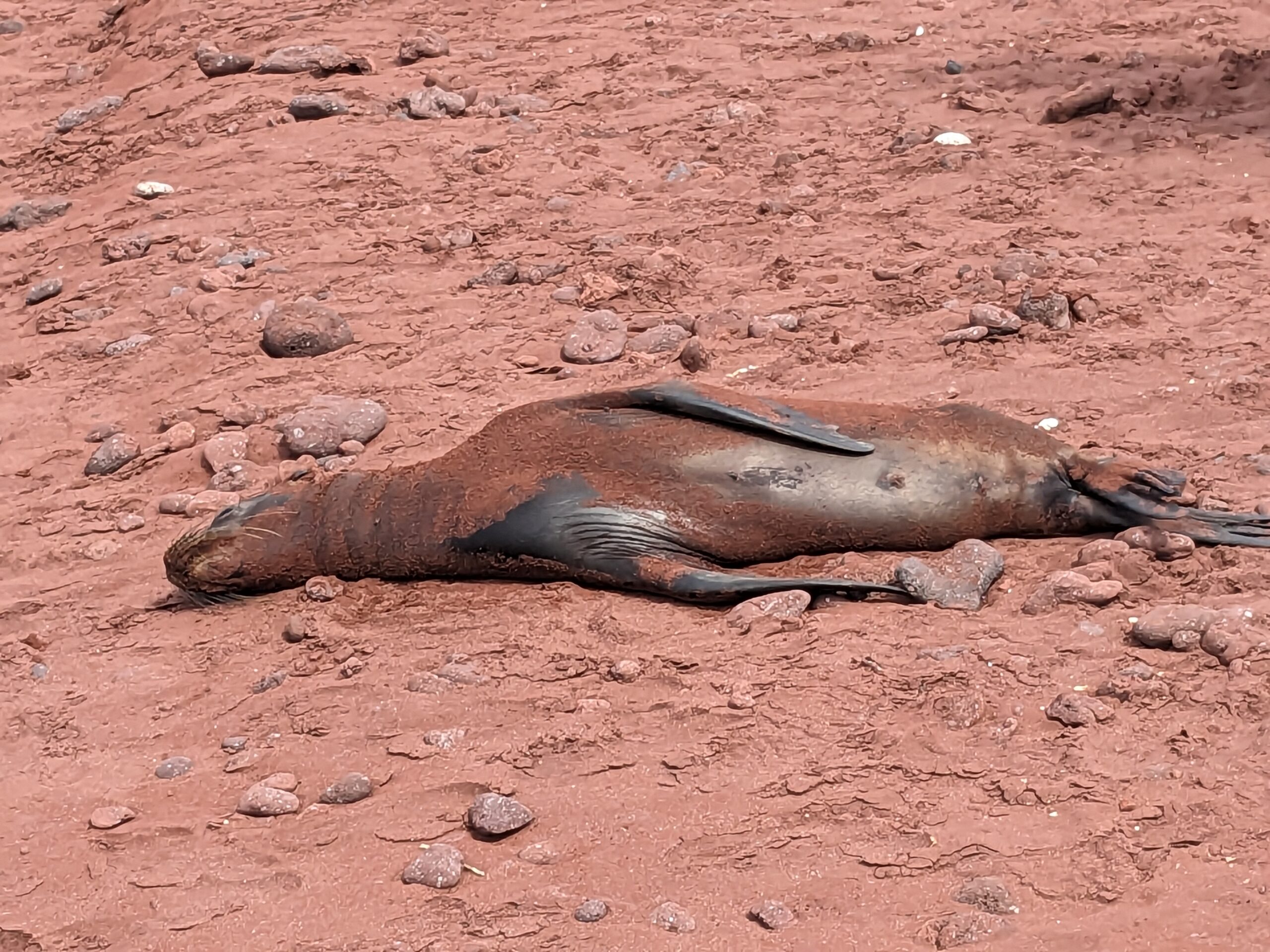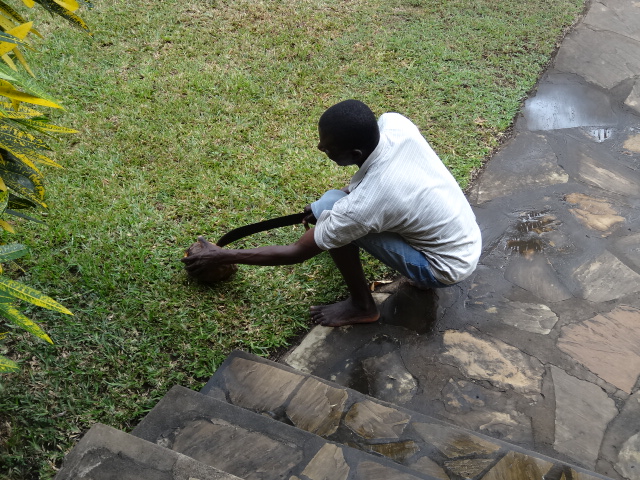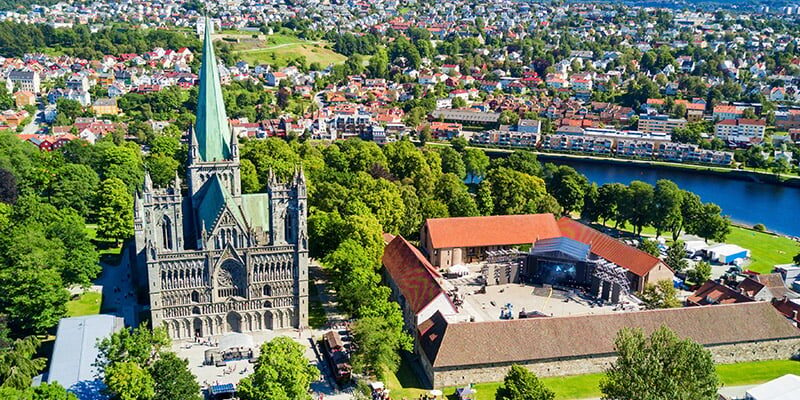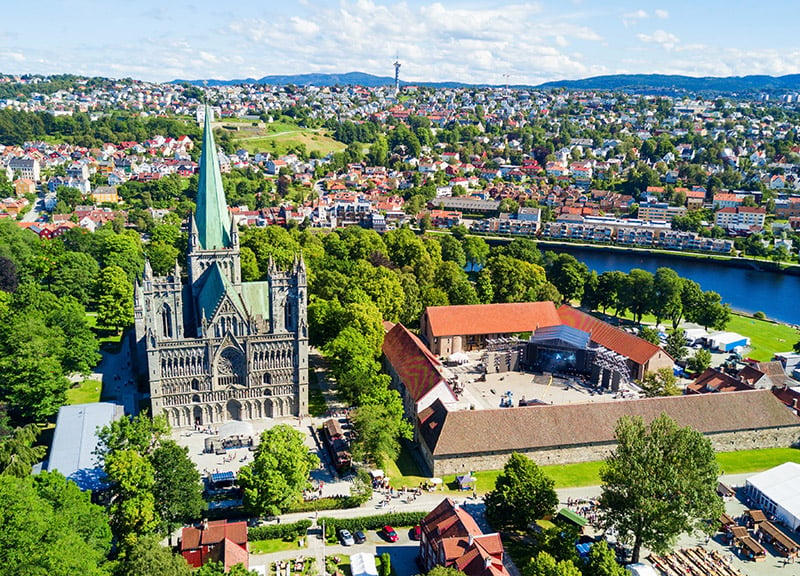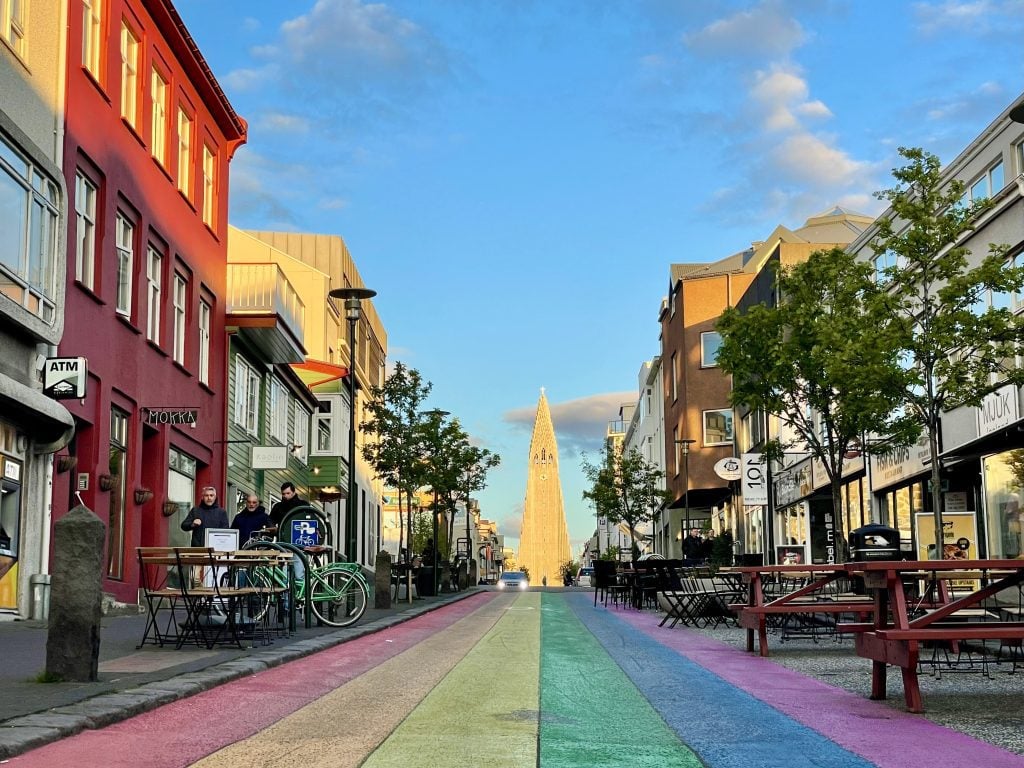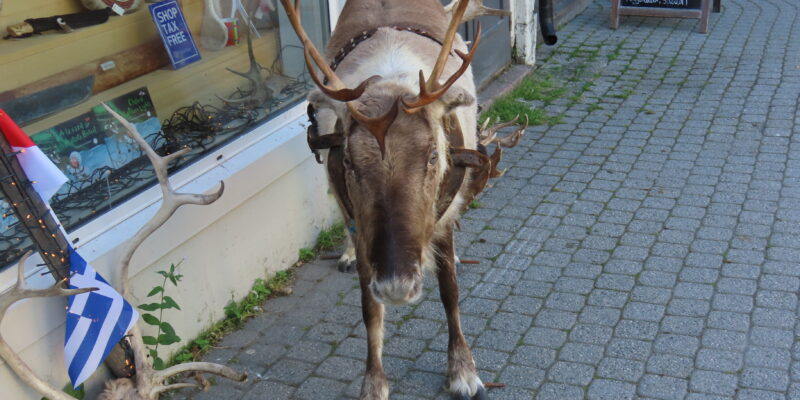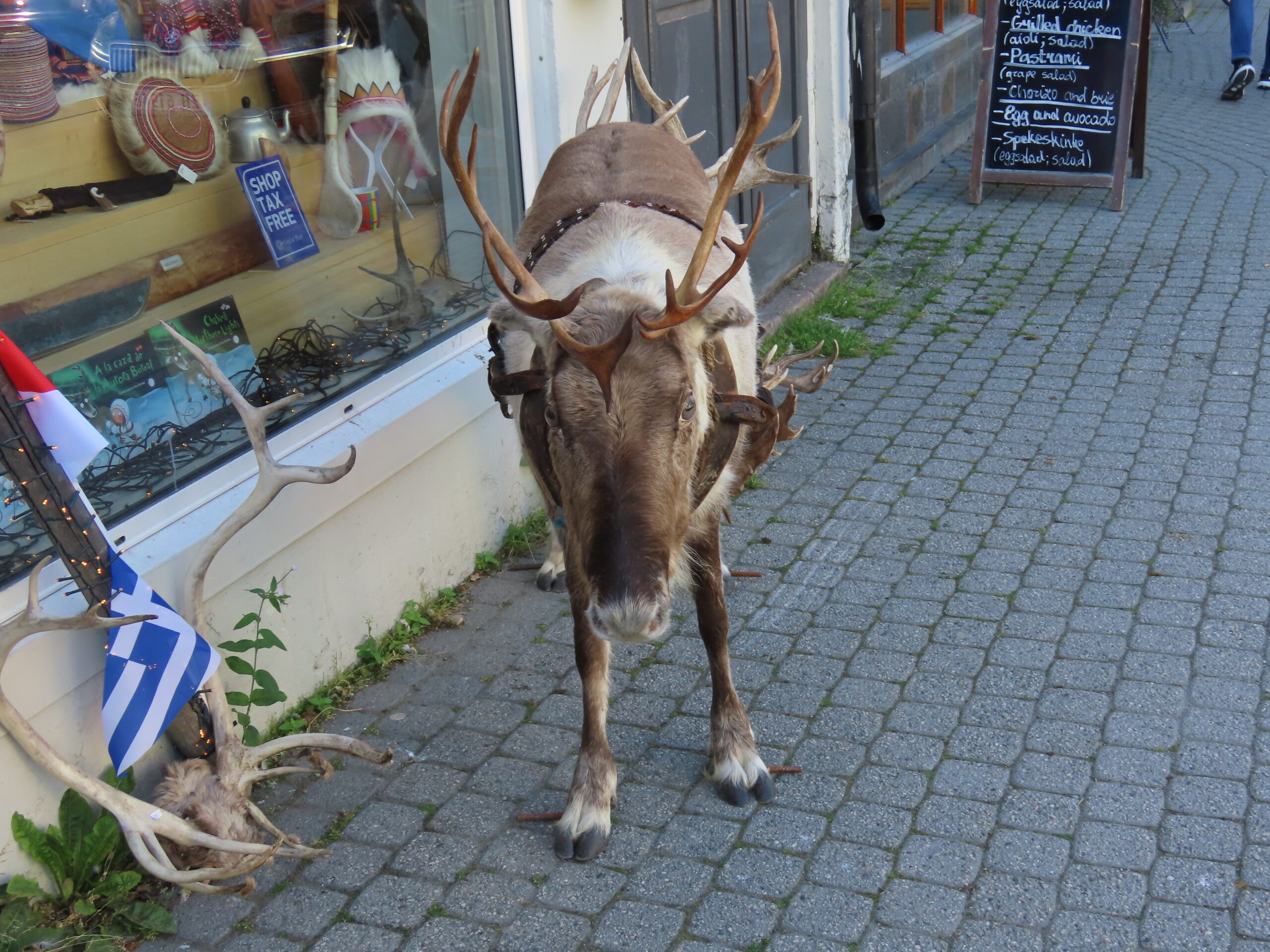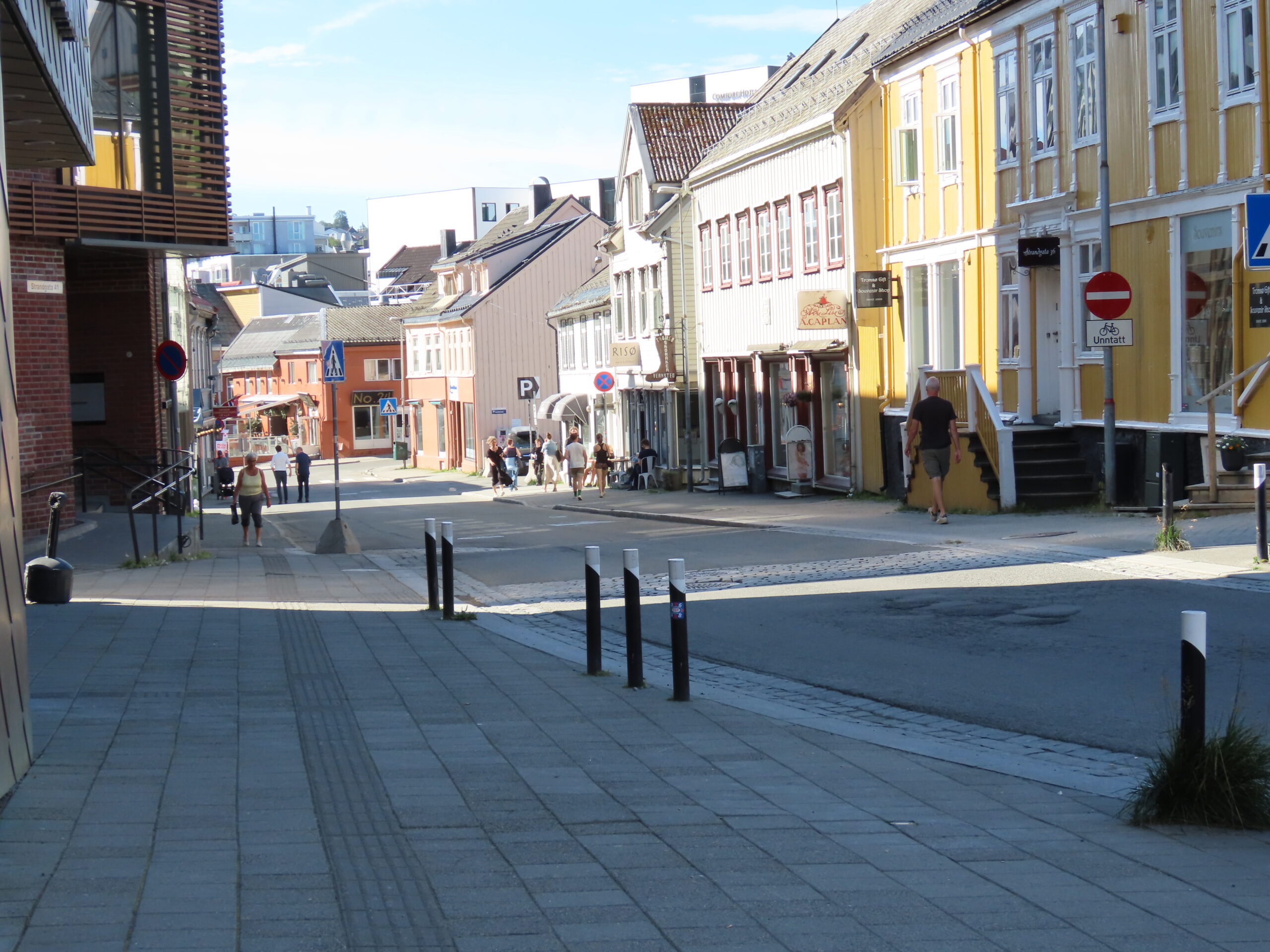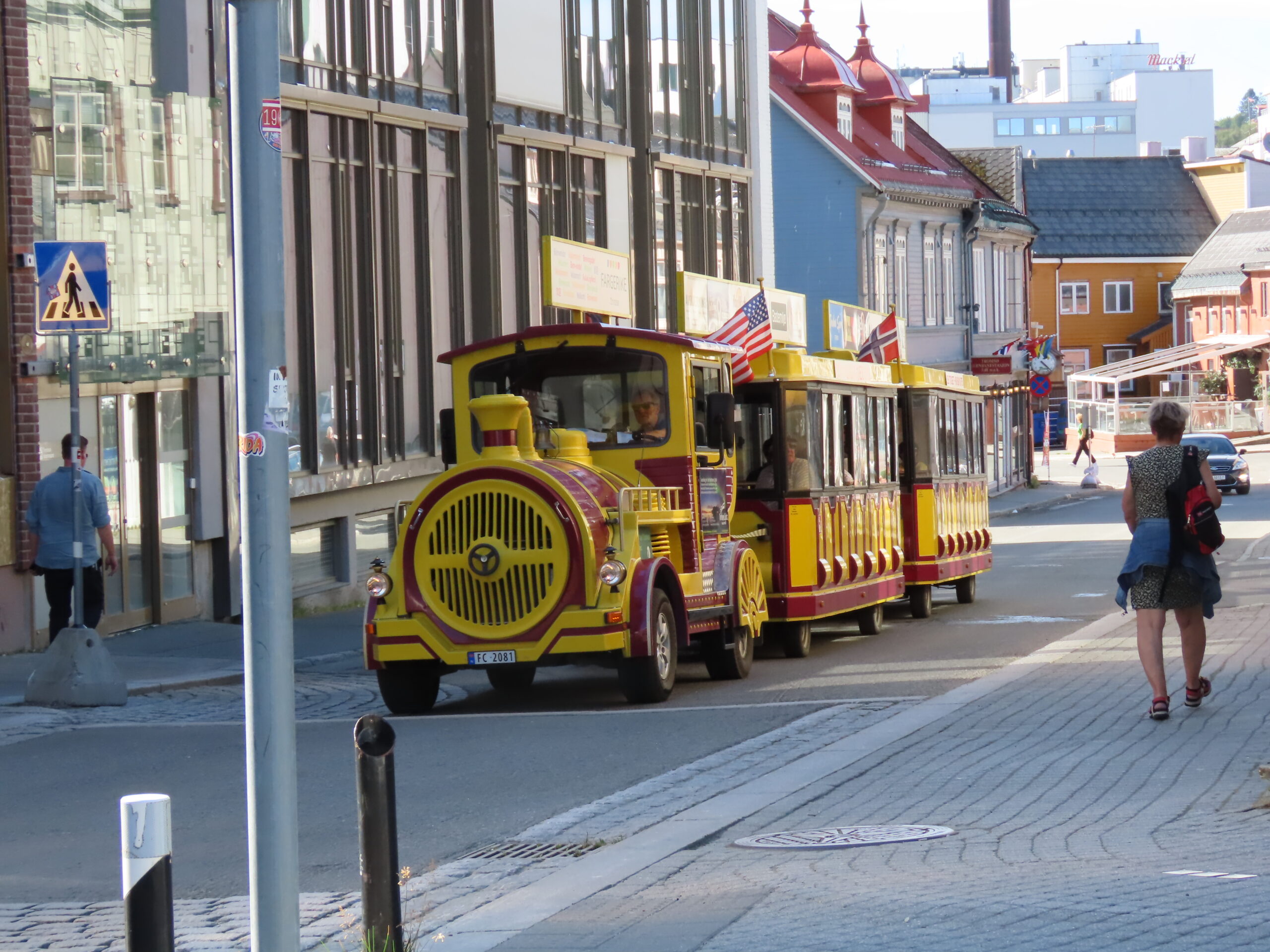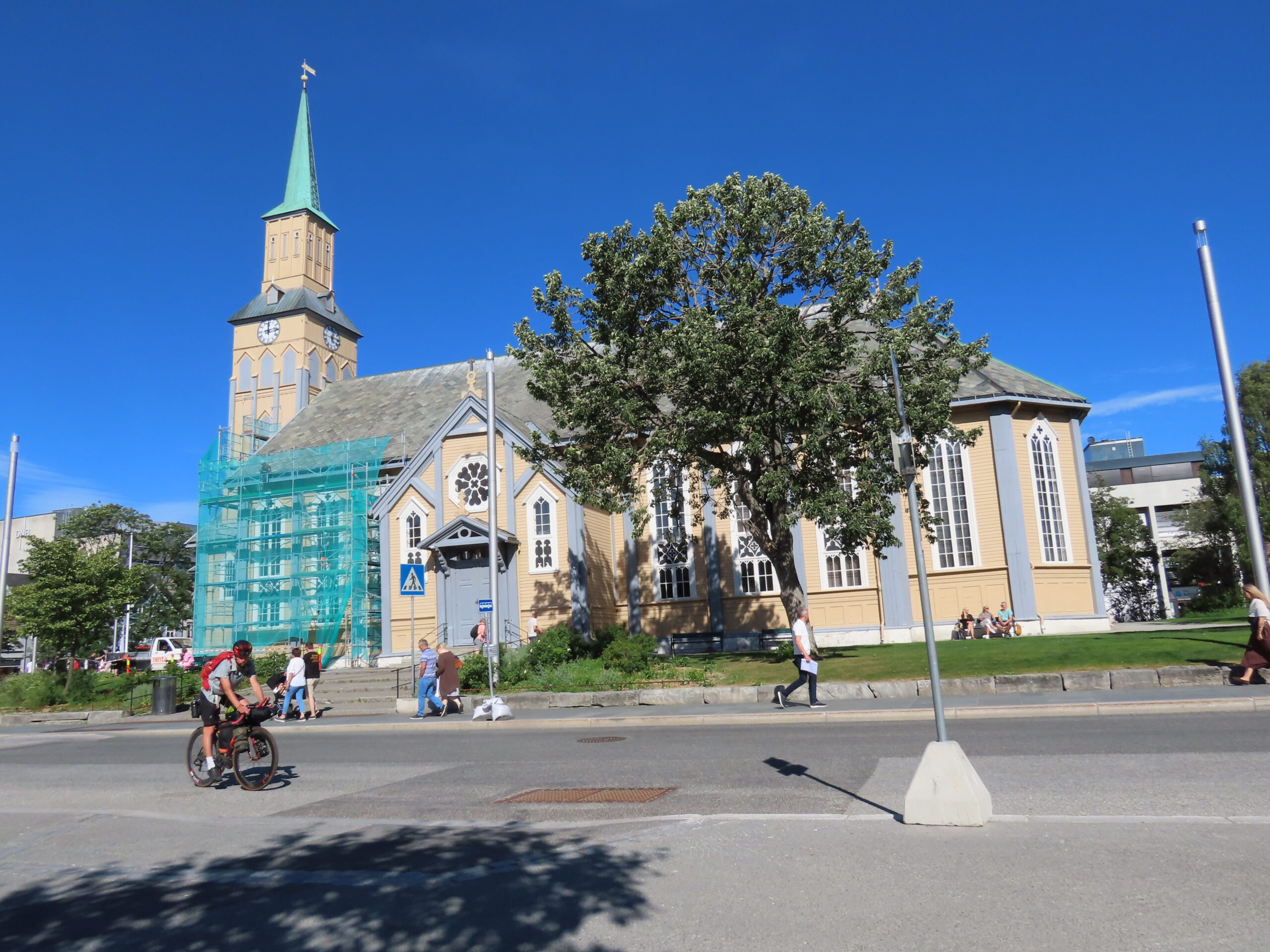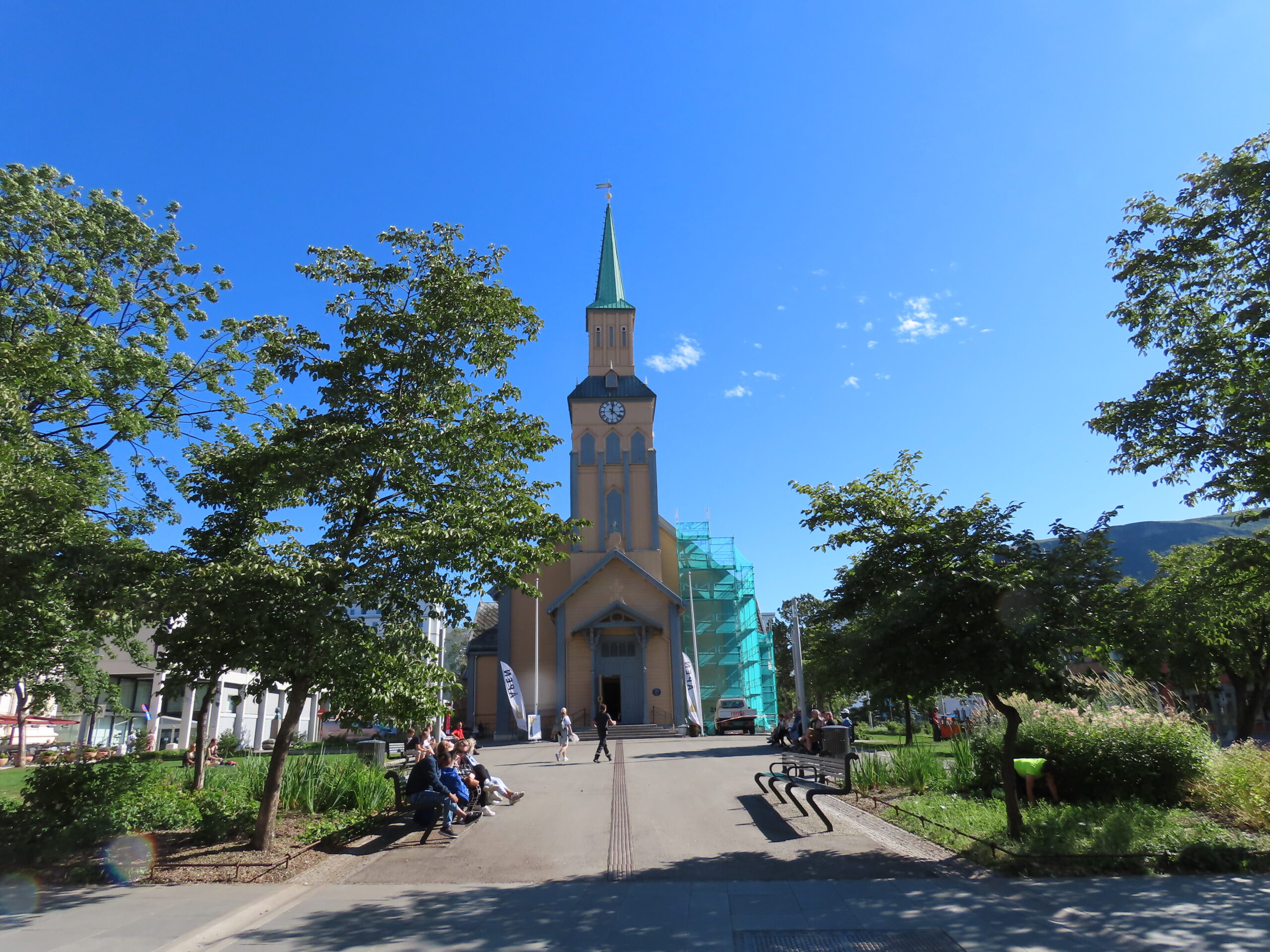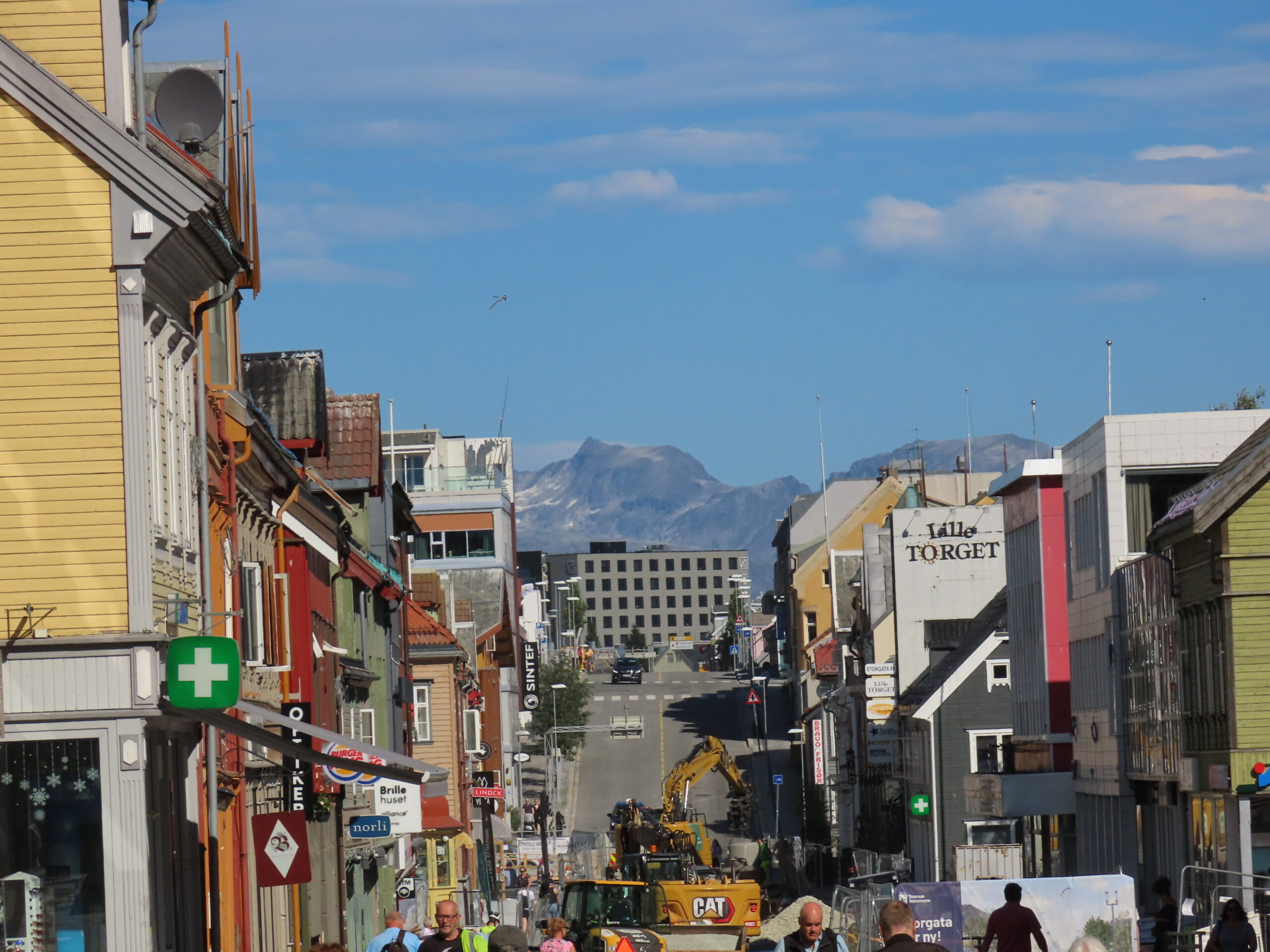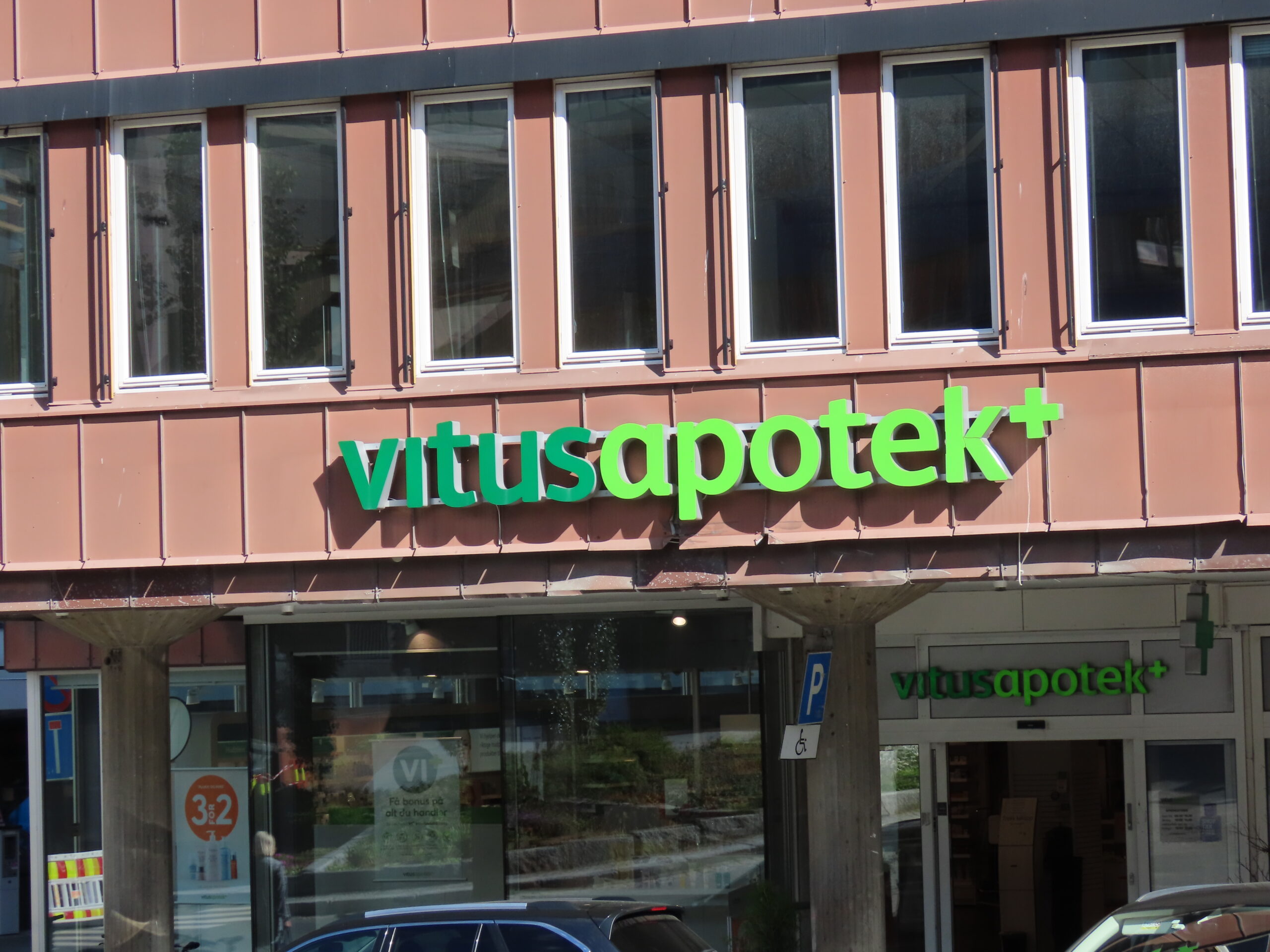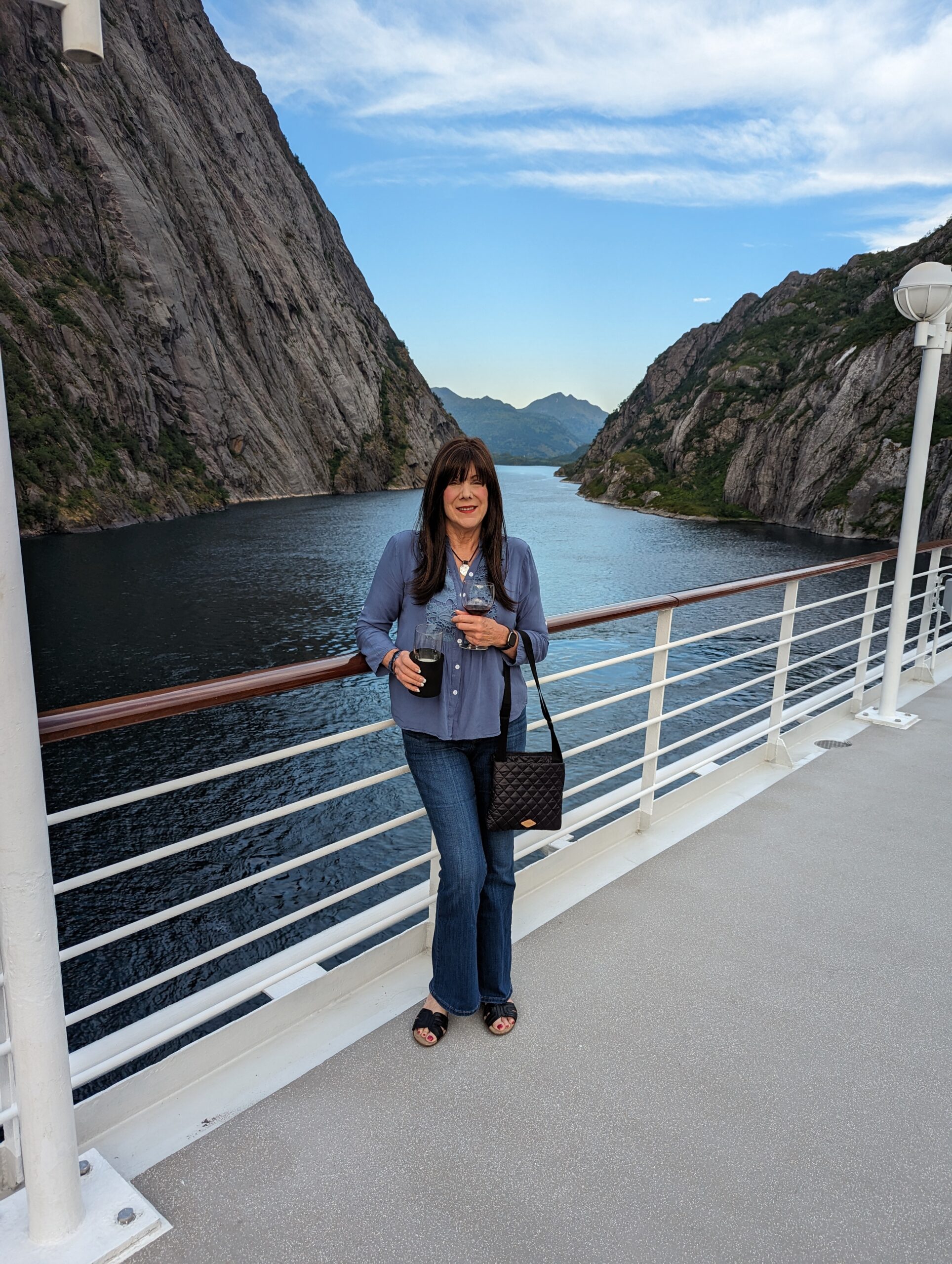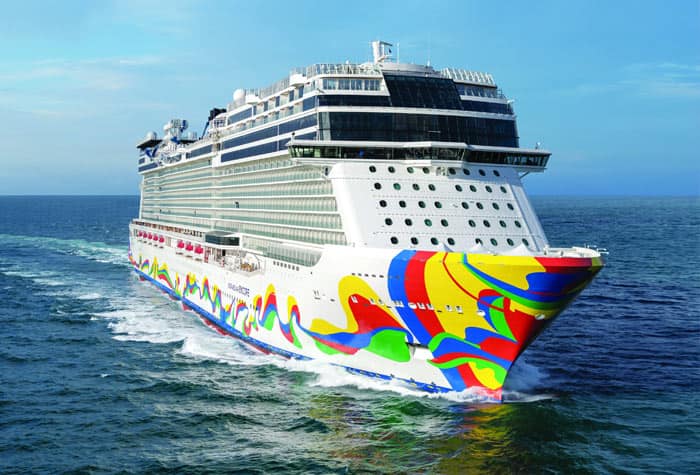
This morning, I stumbled across an article on this site that piqued my interest. After 34 cruises and many tours at ports of call, we were always well aware of how imperative it is to return to the ship on time before it sails away, heading to its next port of call. If we failed to return on time, it would be necessary to fly to the next port of call to pick up the cruise, incurring costs for hotels, meals, and flights, often expensive from somewhat remote locations.
We paid particular attention to the time, making a point of returning to the ship in plenty of time to avoid the hassle, cost, and inconvenience. When encountering the article below, we felt it was important to share this story with our readers to remind everyone of the importance of getting back to their ship on time:
The family of nine was left stranded in remote Alaska after the cruise ship had departed without them.
The family was left with a $9,000 bill after the holiday mistake…
A family of nine found themselves stranded in Alaska after a mix-up with a local tour operator caused them to miss their scheduled cruise departure.
What was intended to be a memorable trip of a lifetime might now be recalled for very different reasons. The Gault family faced hefty costs to return to Tulsa, Oklahoma when the ship containing their clothes, passports, and medication sailed from Ketchikan port without them.
The family, comprising of two parents, six children, and a 78-year-old grandmother, was also hit with an immediate fine of almost $9,000, working out at $971 per passenger, by Norwegian Cruise Lines for missing the vessel.
That fee stemmed from the US Customs and Border Protection’s Passenger Vessel Services Act, which they violated by not visiting a foreign port before they returned to the US.
The family’s nightmare started when they went on an excursion to see a lumberjack show on the Norwegian Encore ship they were traveling, which docked in Ketchikan in Alaska.
After watching the show, the group tried to catch a bus back to the port by a local tour operator but were told that the bus was full and they had to wait for another one.
“We go to get on the bus and one of the attendees is like, ‘The bus is full and you know, you got to wait for the next bus’,” Joshua recounted to KJRH.
However, that bus never came, and after frantically calling the port authority to arrange transportation, they finally arrived back at the docks to see Norwegian Encore sailing away — taking their passports, medication, and clothes with it.
“We all had to quit cold turkey medication these last few days because it was all on the cruise ship,” Joshua added.
Stranded in Ketchikan, a remote port 300 miles from Alaska’s capital of Juneau, with no accommodation or transportation, the family worked out how to arrange transportation back to their home in Tulsa. However, as they looked into booking flights, they found that Joshua’s credit card had already been charged the customs fee of almost $9,000.
Joshua claims that they had to pay for flights for nine people, hotel stays along the way, and food. The trip ultimately took them several days, during which they had canceled flights and overnight airport stays, during which time some family members caught COVID-19.
After returning to Oklahoma, Joshua added: “So yeah, we’re beat down right now. We’re unhealthy and beaten down.”
Cruise line officials said they would reimburse the family for the out-of-pocket expenses, the fee they incurred from US Customs and Border Patrol, and a pro-rated refund for the two missed cruise days.
A spokesperson for Norwegian Cruise Lines said: “On the afternoon of Friday, 12 July, a family of nine guests missed the ship’s all-aboard time in Ketchikan, Alaska, due to a misstep by a local tour operator. When the guests did not return to the ship at the published time, we attempted to contact them but could not reach them. As such, we alerted the local port agent in Ketchikan and requested that they assist the family with booking a hotel for the night.
“As the guests would be unable to downline in the next port of call, Victoria, British Columbia, the port agent also helped the guests secure flights to Seattle the following day, 13 July.
“We will be reimbursing the family for all of the out-of-pocket expenses they incurred over these two days due to missing the ship in Ketchikan, including meals, accommodations, etc. Reimbursements will be processed once receipts for these expenses are provided to us. Additionally, we have already initiated the process to refund the family for the fee imposed by the US Customs and Border Patrol as a result of the guests not visiting a foreign port before returning to the US, as required when an itinerary originates from the US in accordance with the Passenger Vessel Services Act.
“These guests will also receive a prorated refund for the two missed cruise days. As a gesture of goodwill, the company will also be providing each of the nine guests with a future cruise credit in the form of a 20 percent discount on their cruise fare that can be used towards their next voyage.”
Although the cruise line partially reimbursed the family for this situation, it is a harsh reminder of how important it is to avoid missing a cruise ship’s departure at any port of call.
Note: Most cruise ships will wait for passengers who don’t return on time if they’ve booked a ship-arranged tour. Often, cruise passengers book their own tours based on the lower costs of such tours, as opposed to those arranged by the cruise line. It was unusual for the cruise line to reimburse/credit the passengers for the expenses in this type of scenario.
Be well.
Photo from ten years ago today, July 22, 2014:


